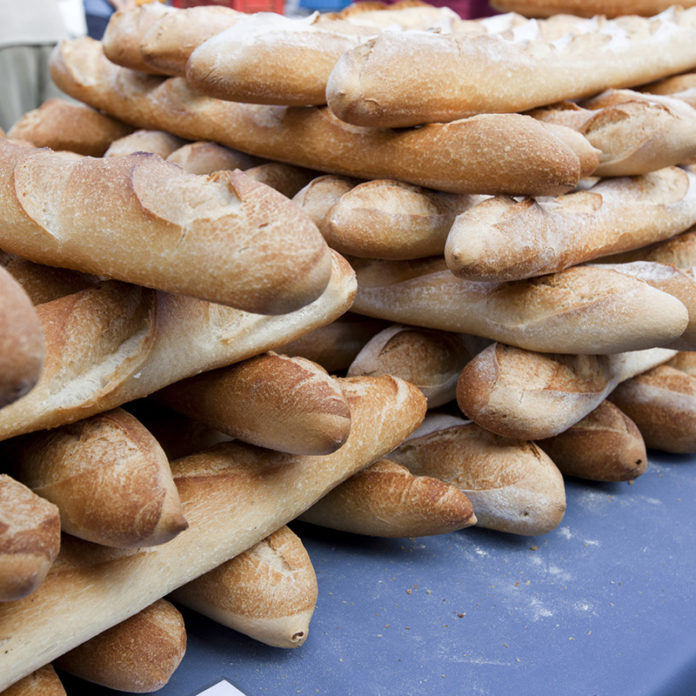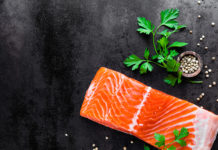
When it comes to managing carbs, what’s true and what’s false?
BY David Foreman ND, Herbal Pharmacist
Right now, low-carb diets are all the rage. However, many people don’t understand what carbs actually are—or whether they are “good” or “bad.” It seems like every time I watch television, misinformed infomercials spew false claims about carbohydrates. As such, I feel compelled to set the story straight once and for all about the ins and outs of carb consumption.
WHAT ARE CARBOHYDRATES?
While the idea of carbohydrates seems to confound most consumers, it’s actually very simple. Carbs are found in foods including fruits, vegetables, grains, potatoes, pastries, and candy, and are the body’s preferred energy source.
Specifically, carbs are sugar molecules that either stand alone or are bound together in groups. Stand-alone molecules are called “simple” carbohydrates, while those bound in groups are referred to as “complex.” The simpler the carb, the quicker it can be absorbed by your body and either used for energy or stored as fat. Fiber is the most complex carbohydrate found in our diets, while fructose and glucose are the simplest.
Carbs are classified in many different ways:
- Healthy vs. unhealthy
- Good vs. bad
- Slow vs. fast
- Simple vs. complex
In one way or another, these descriptions all mean the same thing. This is why people are often unsure how to deal with carbohydrates, in general.
MANAGING YOUR INTAKE
Proper carb management starts with limiting the amount of simple carbs in your diet. To better control your blood sugar levels and decrease your risk of diabetes, high cholesterol, immune weakness, and weight gain, avoid sugary items, like fruit juices and candies, as these are chock-full of simple carbs.
Starchy foods, like pasta, bread, potatoes, and rice, are also a no-no: starches start being broken down almost as soon as you eat them. This is because the body secretes amylase, an enzyme, the minute you start eating starch. This enzyme is designed to break starches down into sugar so your body can quickly absorb their energy.
In the “old days,” our starches were all whole foods, like grains that were unprocessed, and rice that wasn’t stripped of its fiber or bleached. Now, we have become a processed food-eating culture, and sugary foods and high starch diets are making us unhealthier than ever. Globally, obesity rates are still rising, heart disease is still the number one killer, and diabetes is one of the top three most fatal conditions.
WHAT’S THE SOLUTION?
Other than avoiding simple carbs and starches, there aren’t many things you can do to avoid increased sugar intake. While “carb blockers” are all the rage right now, I have yet to find any ingredient that inhibits sugar from being absorbed after consumption.
However, I have found an ingredient that assists with starch addiction: Phase 2 Carb Controller. Phase 2 is crafted using a specific extract from white kidney beans. Scientifically, it has been shown to inhibit amylase from breaking starches down into sugar. In fact, research shows that it can inhibit up to two thirds of the caloric effect of starches in your diet, assisting with weight loss programs, maintaining weight loss, and curbing cravings for sweets.
If you struggle with carb intake, then taking Phase 2 prior to any meals or snacks that contain starch will help negate the harmful effects of those foods.
As the old adage goes, keep everything in moderation. You don’t have to completely cut carbs out of your diet, but you must learn to manage them. And, if you need extra help, add Phase 2 to your daily regimen: this simple supplement could be a life-saver.













